Biography
He was the son of a Master baker. As a young employee of the porcelain factory in Ludwigsburg, his supervisors noticed his artistic skills and recommended that his father allow him to take drawing lessons. This was agreed to, and he began his studies with a local sculptor, then attended an art school in Stuttgart. After that, he and two other students were assigned to work with the court stucco maker, decorating Solitude Palace. In 1770, all three were accepted into the new military painting school. In 1773, the painting school expanded and became the Military Academy. The following year, a copper engraving school was added and Johann Gotthard von Müller was named its director. Leybold became his first student and, later, his assistant.
He was named the Court Engraver in 1781 so, rather than study abroad, he remained in Stuttgart. Despite this appointment, his main source of income appears to have been miniature portrait painting.
In 1789, he was given a professorship in drawing and modeling at the Hohe Karlsschule, an offshoot of the Military Academy. However, when Duke Charles Eugene died, in 1793, everyone who had been employed by him lost their jobs. Leybold was given promises that he would eventually be reinstated, but he never was. In 1797, he received an appointment as Court Engraver in Saxe-Coburg, but this produced little income, so he moved to Vienna in 1798.
Over the next five years, he once again supported himself and his family as a miniaturist. When his son, Karl, became old enough to help provide, he returned to engraving and completed several projects he had begun years before, including a "Death of Marc Antony", after a painting by Karl Kaspar Pitz [ de ], and a "Death of the Consul Papirius", after Philipp Friedrich von Hetsch. These works helped him make the acquaintance of Heinrich Füger, Director of the Belvedere Gallery, who commissioned him to provide several illustrations for Der Messias , by Friedrich Gottlieb Klopstock.
In 1812, following the death of Jacob Matthias Schmutzer [ de ], former director of the Copper Engraving Academy, Leybold became the Court Copper Engraver in Vienna. Shortly after, he was appointed a Professor at the copper engraving school and became a member of the Academic Council.
Four of his sons also became artists: Karl Jakob Theodor, Edward Friedrich [ de ], Heinrich Gustav Adolf [ de ] and Rudolf Moritz (1806-1857).

Eberhard Georg Friedrich von Wächter was a German painter. Wächter died in Stuttgart.

Johann Baptist von Lampi the Younger was an Austrian portrait painter.

Johann Nepomuk Ender was an Austrian portrait painter and engraver.

Thomas Ender was an Austrian landscape painter and watercolorist.

Adolf Schrödter or Adolph Schroedter was a German painter and graphic artist; associated with the Düsseldorf school of painting. He is considered to be one of the pioneers of German comics.
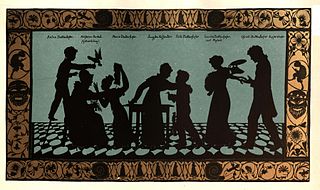
Christian Friedrich Traugott Duttenhofer was a German engraver.
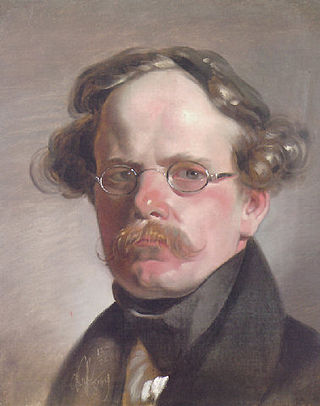
Franz Xaver Stöber was an Austrian engraver and etcher.

Carl Vincenz Schindler was an Austrian military painter in the Biedermeier style. He was sometimes referred to as "Soldaten-Schindler".

Gottlob Friedrich Steinkopf was a German landscape painter in the Classical style.
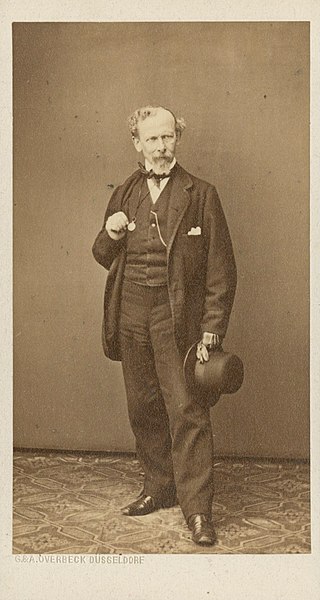
Wilhelm Rudolf Jordan was a German genre painter, illustrator, etcher and art teacher.
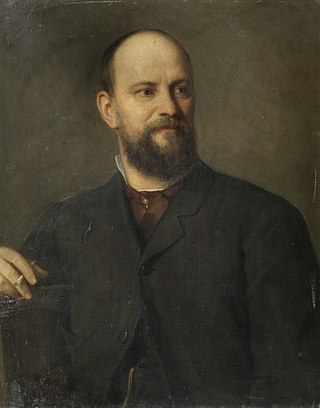
Siegmund L’Allemand was an Austrian painter, known for history and war scenes, genre works and portraits.

Johann Zacharias Frey, or Jan Zachariasz Frey was an Austrian engraver and painter who spent most of his career in Poland.

Karl Jakob Theodor Leybold was a German painter, engraver and lithographer.

Robert Theer was a painter and lithographer from the Austrian Empire. He is primarily remembered as a miniaturist.

Laurenz Janscha, originally Lovro Janša was a Slovenian-born Austrian landscape painter and engraver.

Karl Ruß was an Austrian painter in the Biedermeier style.

Heinrich Carl Brandt was an Austrian-German court painter. He created portraits of several noble families in Mainz, Mannheim and Munich. He is probably best known for the ones commissioned by the House of Wittelsbach.

Friedrich Wilhelm L'Allemand, known as Fritz was an Austrian history painter.
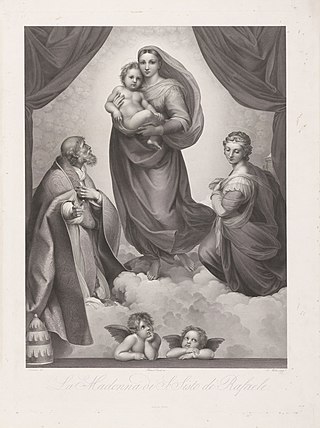
Johann Friedrich Wilhelm Müller was a German copperplate engraver.

Karl Friedrich Johann von Müller was a German painter, known for his portraits of women.
This page is based on this
Wikipedia article Text is available under the
CC BY-SA 4.0 license; additional terms may apply.
Images, videos and audio are available under their respective licenses.





















